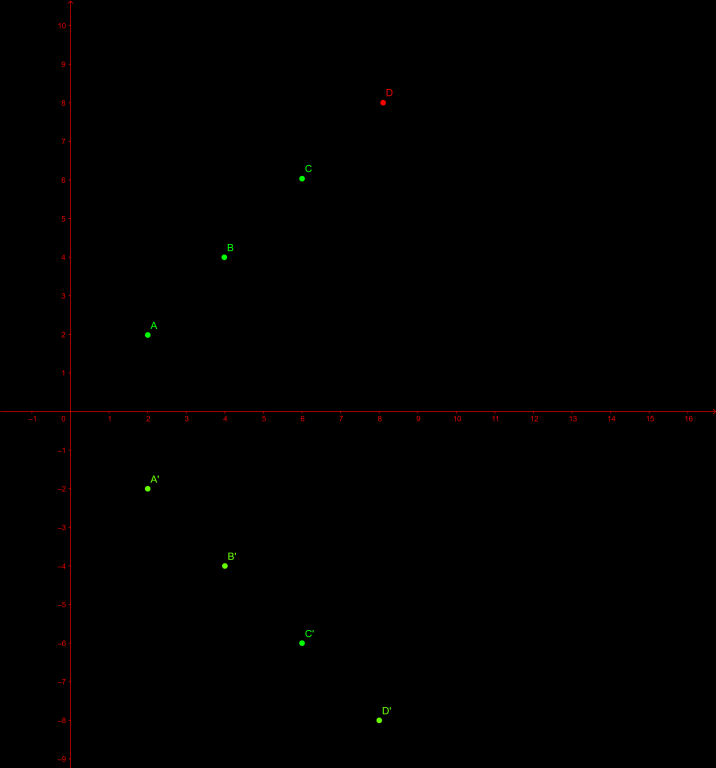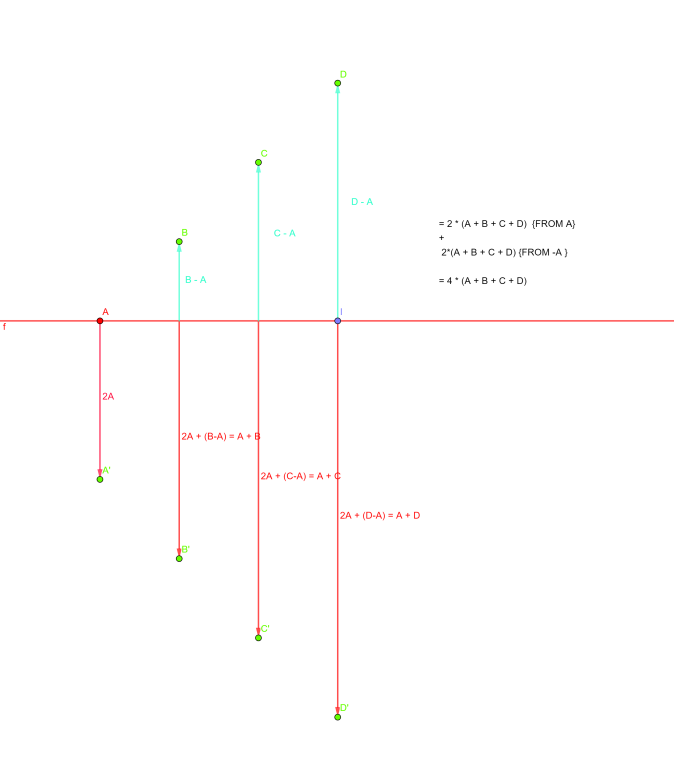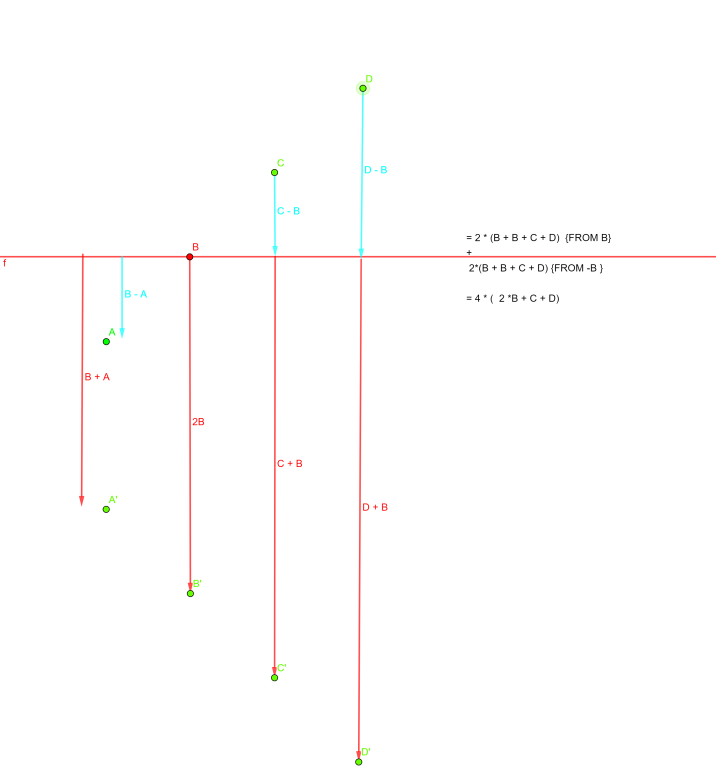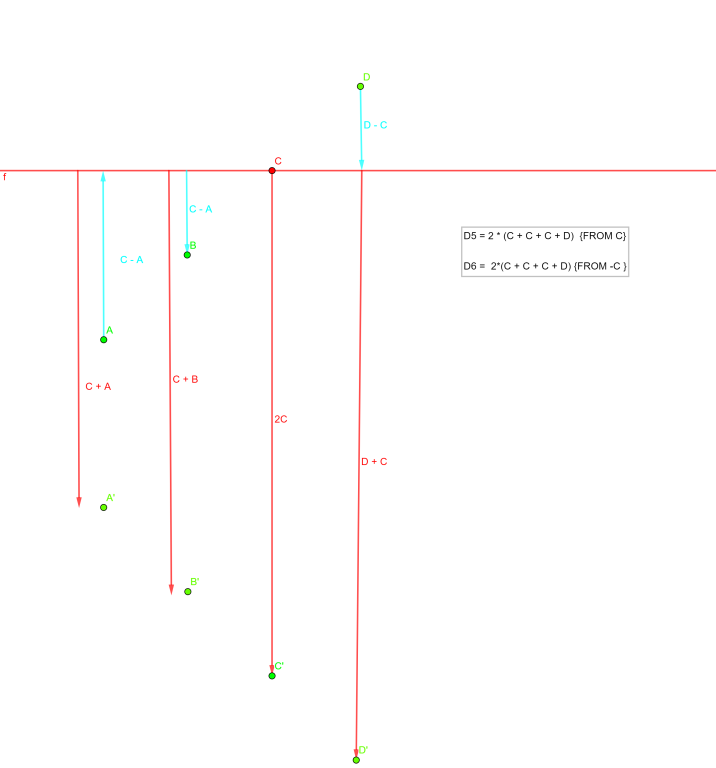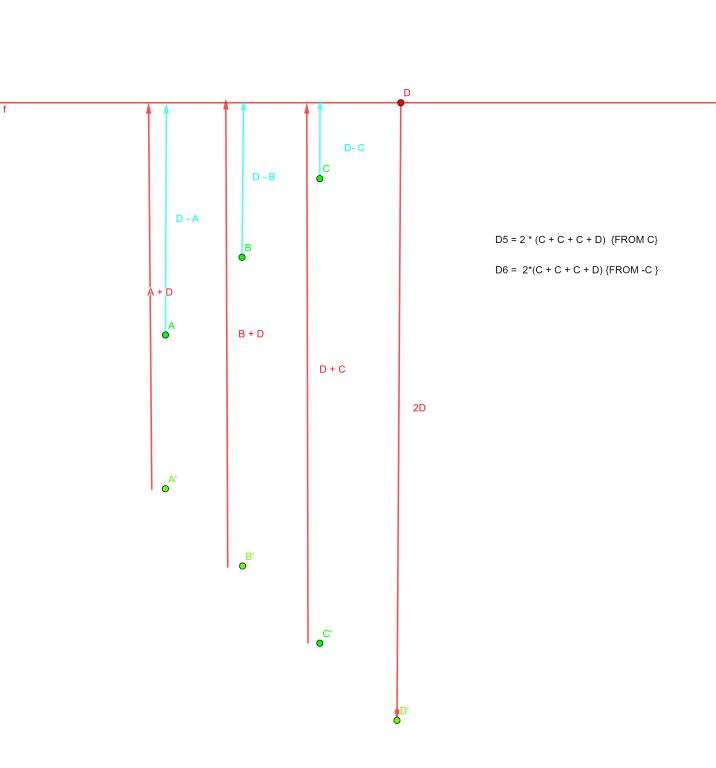Hello Codeforces community,
I am making a data science project for recommending memes, please fill one form with your preferences which will help in creating the machine learning project. One person should fill only one form.
A preview of a meme 
Data collection is very very hard and I kindly request you all to please give 3 minutes and checkout the memes in the forms. Thank you all for the kind support.
DM me if you want to know more about the project as I have made the whole project using WALS factorization from scratch
P.S : ONE PERSON SHOULD ONLY FILL ONE FORM









